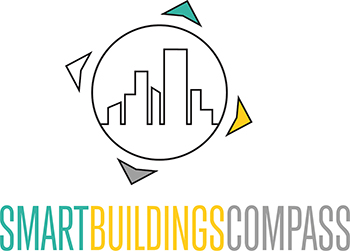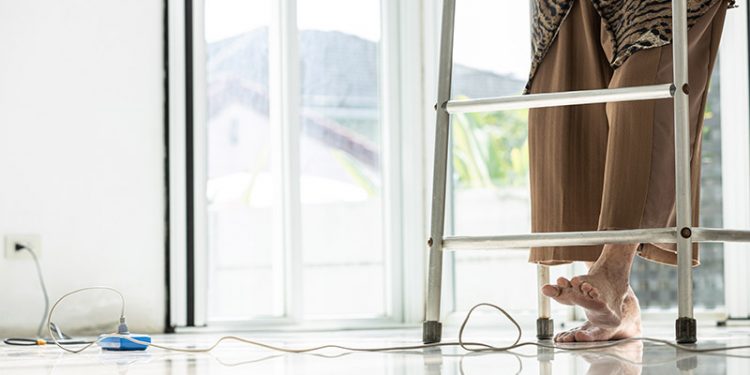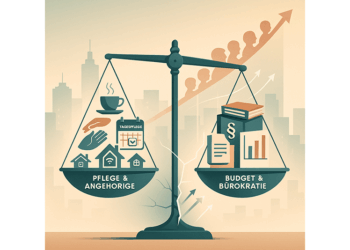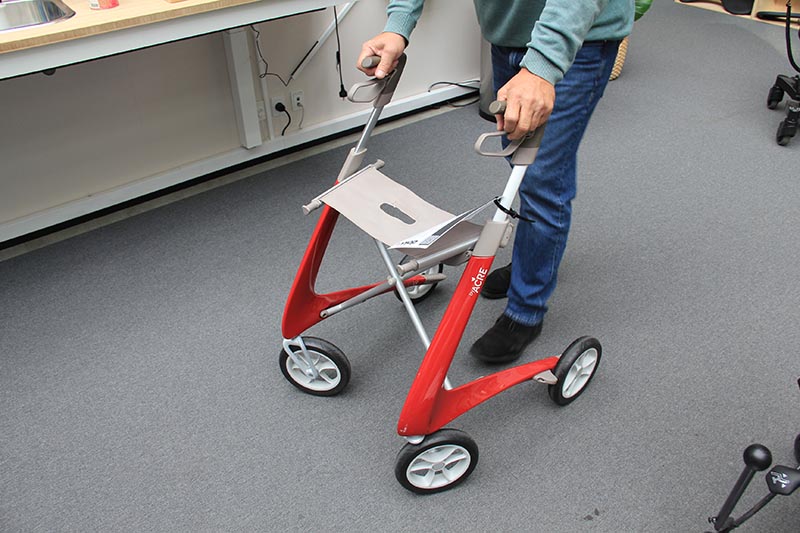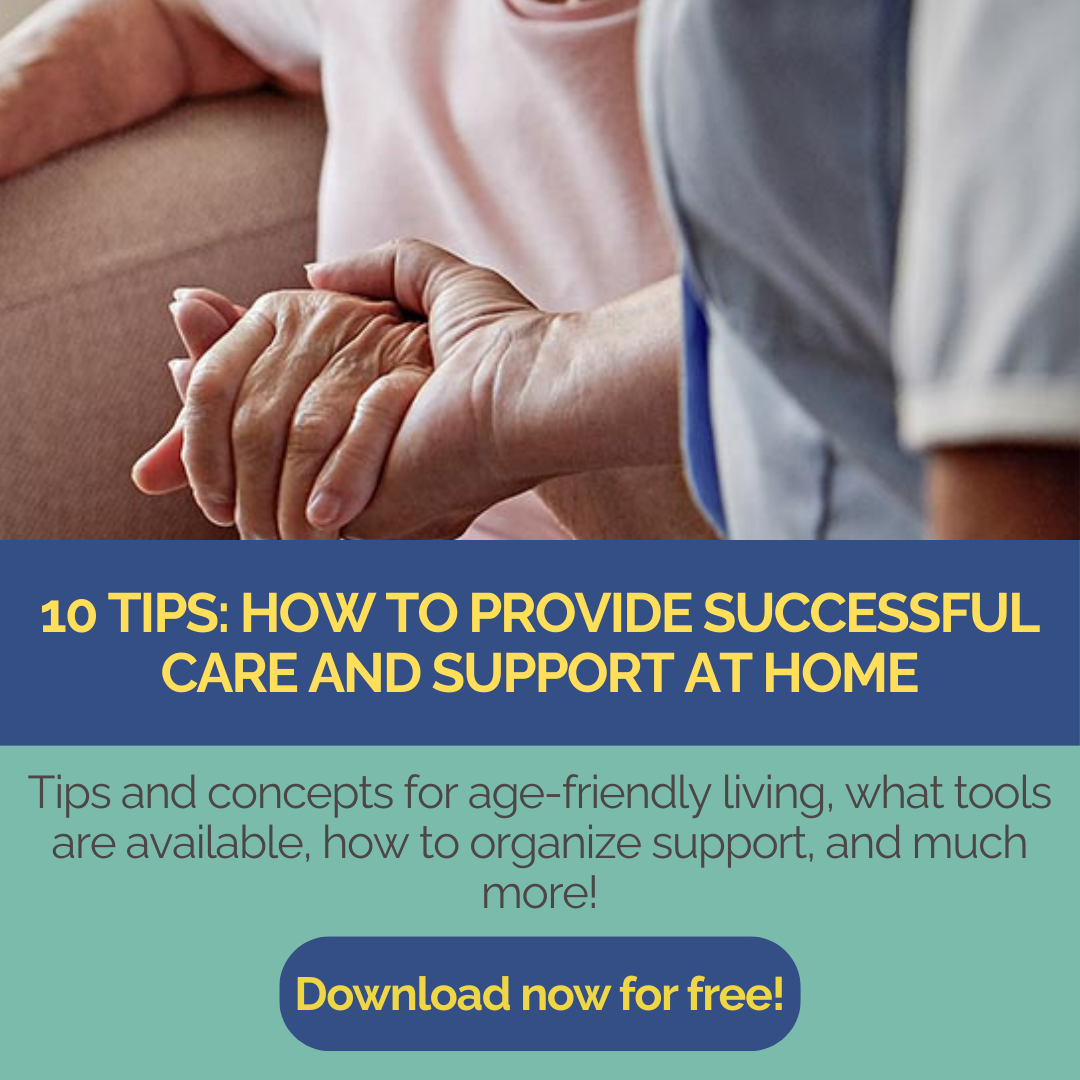“Needs-based design should enable independent living and participation in all areas of life” – Gerhard Nussbaum
This new construction method requires extensive adaptations and an expanded perspective on living. It is no longer just about the aesthetics or functionality of houses, but rather about how these buildings can support the lives of their residents. From intelligent lighting and networked security systems to technical assistance solutions – the requirements for construction methods are changing fundamentally.
The development of Ambient Assisted Living (AAL) not only has the potential to improve the lives of people in need of care, but also requires a comprehensive reorientation in the construction industry. New standards and legal requirements require architects and building owners to rethink planning and design. It is essential that they are aware of the current regulations in the area of “barrier-free construction” and integrate these into their planning. These standards serve as a guide that not only complies with legal requirements, but also offers maximum safety and comfort.
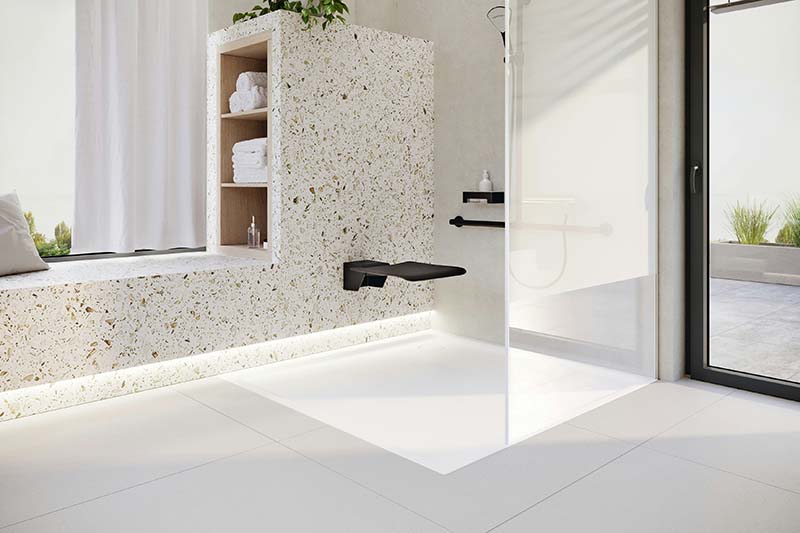
The focus during planning should be on the design of disabled-friendly apartments and barrier-free construction. The aim is to design living spaces that are accessible to people with different needs. This requires not only the integration of specific AAL solutions, but also a holistic view of the architecture.
Architects are faced with the challenge of rethinking their approach to planning residential buildings. They need to familiarize themselves with new concepts and technologies in order to integrate AAL solutions into construction methods and create future-oriented, accessible homes.
However, it goes beyond purely technical aspects, as Gerhard Nussbaum explains: He believes it is important to sensitize society to this issue in order to raise awareness of the importance of AAL solutions and barrier-free homes.
Thinking about accessibility & comfort
It is important to abandon the idea that Ambient Assisted Living has an exclusive status for older people and people with disabilities, because the benefits of it are for everyone. Gerhard Nussbaum is certain that a barrier-free living space automatically means more comfort for every resident. It is about recognizing that AAL is not only relevant for a specific group, but is a concept that can improve the quality of life of all people. Nussbaum: “It should be a standard procedure and must lose its ‘special status’.”
Accessible interior design not only creates a more pleasant environment, but also takes people’s needs into account, regardless of their age, abilities and circumstances. We should therefore move away from the idea that AAL concepts are only beneficial for certain groups and instead focus on the broad range of positive effects on quality of life. A steplessly accessible apartment not only benefits wheelchair users, it also makes it easier and cheaper to deliver goods. Step-free designs are also an advantage for families with baby carriages. AAL should not only be considered in the home, but also in everyday life in general.
Thinking out of social responsibility
Ambient Assisted Living is no longer just a wish, but an urgent necessity that should herald a new era in the construction industry. It is a path that shows us what the architecture of the future will look like – an architecture that actively adapts to the needs of a changing society and places them at the center. The ongoing process is crucial in order to meet the challenges of modern architecture and urban development and to create sustainable, forward-looking solutions.
You can find out more about the KI-I competence network and Gerhard Nussbaum here: https://www.ki-i.at
